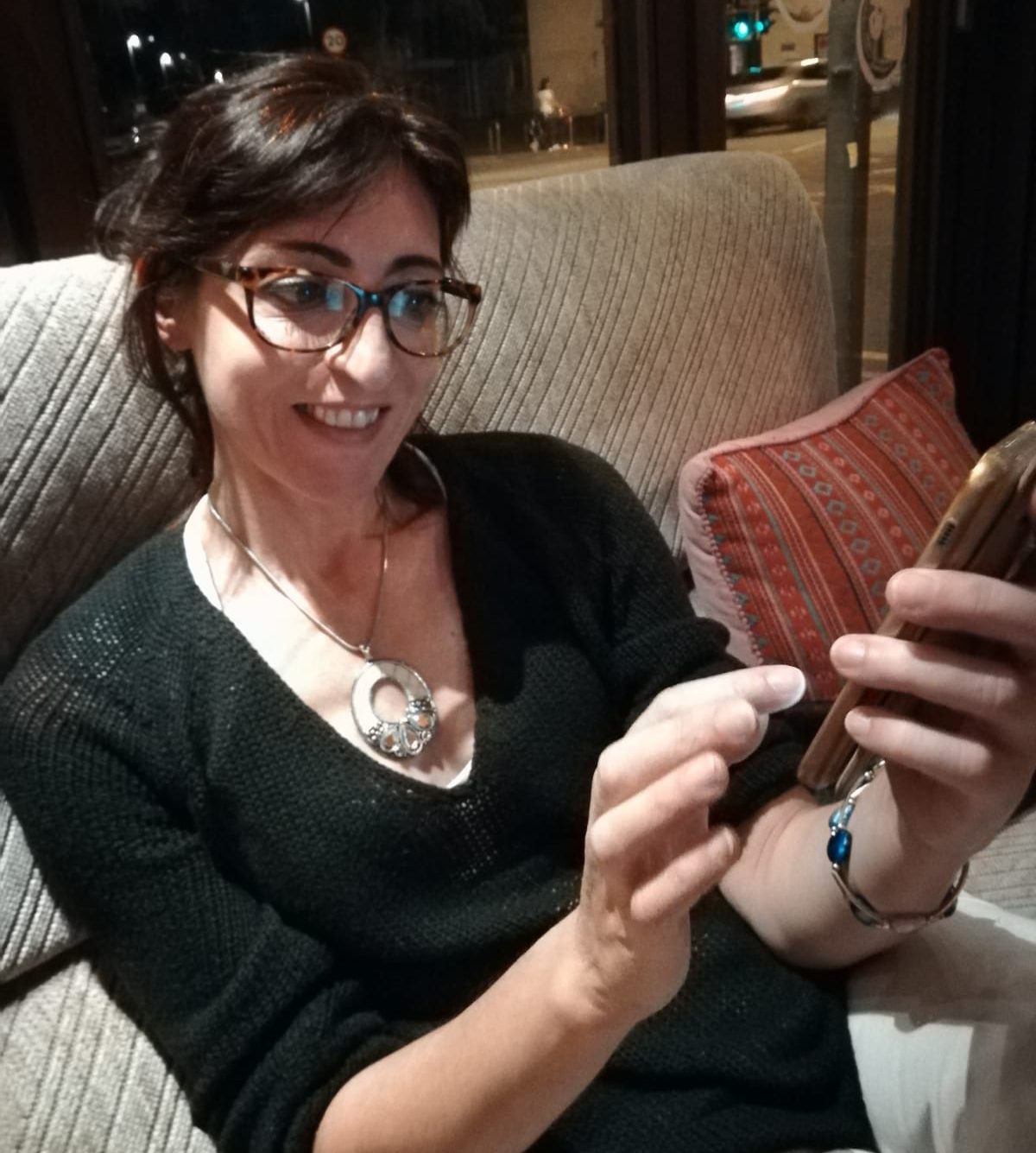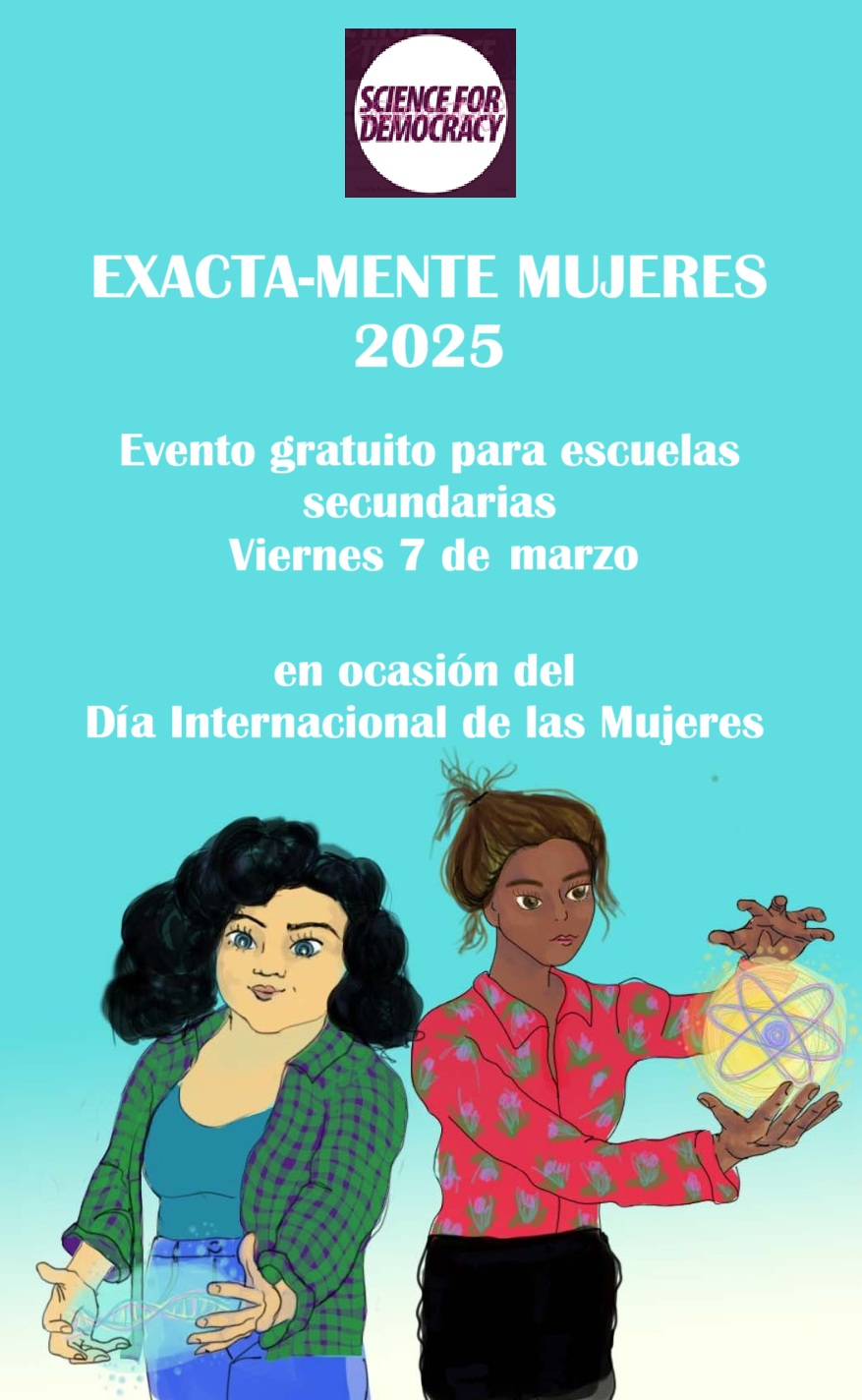
“I know and love trans people, but erasing the concept of sex removes the ability of many to meaningfully discuss their lives. It isn’t hate to speak the truth.”
“The idea that women like me, who’ve been empathetic to trans people for decades, feeling kinship because they’re vulnerable in the same way as women – ie, to male violence – ‘hate’ trans people because they think sex is real and has lived consequences – is nonsense.”
The much loved author of Harry Potter, J.K. Rowling, is in the eye of a storm over comments that she has made regarding sex and gender.
The international audience might be unaware of what prompted these comments.
At the centre of the disputes are the Gender Recognition Act 2004 which regulates legal gender changes, and the Equality Act 2010, which protects, among other rights, the right to access spaces such as toilets and changing rooms.
Some have complained that sharing space with transgender people is potentially unsafe: men could cross-dress and predate women. Self-identification also potentially threatens gender equality and fair play in sports (but that has not been at the centre of the debate, not as much as toilet use).
Backstage, the co-founder of the JK Rowling’s charity (for destitute children) is Baroness Nicholson. Baroness Nicholson, according to some sources, is lobbying for a reform of the Equality Act 2010 to remove trans people as a protected class. This may become possible in January 2021 once the UK leaves the EU and is no longer subject to European Rights legislation.
JK Rowling’s comments therefore have a precise political significance, at a time in which the GRA reform is on the table, and the Equality Act risks being re-interpreted in a way that could potentially have extremely serious repercussions on the health and safety of transgender people.
Lily Stafford, who is a biochemistry graduate and LGBTQ+ activist, says:
“In 2015, a US study found that 8% of trans people develop kidney disease or UTIs as a result of long-term difficulties accessing public toilets. Likewise, in 2018, another research indicated that 48% of trans people in the UK don’t feel comfortable using public toilets through fear of discrimination or harassment.”
Trans people are “forced to ignore their thirst to avoid the danger of public toilets.”
The problem is of course not confined to the use of toilets.
“When trans people are falsely painted as potential threats, as predators, we grow terrified about how the general public will treat us.”
Rowling’s comments are particularly problematic in the current international political climate. Poland has officially been labelled an “LGBT-free zone” by the Polish government. The government wishes to ban all forms of abortion and sex-education, prohibit divorce and prohibit “gay agenda” and “LGBT ideology”. Hungary recently ended all legal recognition for trans people.
But Rowling says that she is only speaking the ‘truth’, when she says that ‘sex is real’.
So, let us talk about sex.
In many countries babies have to be registered as boys and girls based on their genitals. Traditional anatomy textbooks stated two things: 1. that what determines a person’s sex is first the presence of a X or Y chromosome at the 23rd pair, and 2. that there are only two normal or healthy combinations: XX, leading to female, XY, leading to males.
So people were differentiated in males, females, and ill people.
The X or Y was thought to determine a whole series of changes in foetal life, the development of internal gonads, of hormones and internal and external reproductive organs. So a boy is a baby with a penis and testis, and a Y chromosome, and a girl is a baby with a vagina and ovaries and an X chromosome.
We now know that things are not so simple. The early embryo can develop both into a male or female; more precisely, the early gonads can develop both into ovaries or testis. At some point, the pathway to ovaries or testis is instigated and the other is suppressed – often in the presence of a Y or X chromosome the pathway to ovary is suppressed and viceversa.
But sometimes pathways are instigated and suppressed independently of the chromosomal sex. That is, you can find individuals with a Y chromosome and female appearance and individuals with an X chromosome and male appearance. Are these boys or girls? What is their ‘real’ sex?
We do not fully understand how sex develops, but what is clear is that the Y and X do not mark the development of a person’s sex, at least not on their own. Other chromosomes that are involved are TDF, or SRY (which was thought in the 1990s to ‘switch on’ the Y chromosome; so that if you had a Y and did not have an active SRY you would develop as a female), DAX-1 (within the X chromosome, which can override the effects of the SRY, so that an individual with XY chromosomes and a functioning SRY gene develops ovaries and not testes), the SF-1 on chromosome 9, the WR-1 on chromosome 11, the SOX-9 on chromosome 17, and MIS on chromosome 19.
All in all, there are at least twelve other chromosomes across the human genome governing sex differentiation, and 30 genes involved in sex development and they do interact in some way, but it is not fully understood how.
What does this mean in practice? It means that there are people with vaginas who are chromosomally males, and people with testes and XX chromosomes (even in absence of the SRY gene).
Are these people boys or girls? What is their ‘real’ sex? What is the ‘truth’ about their sex?
Of course there are other combinations too: XXY (called Klinefelter syndrome); XYY and various others. These other combinations have been in Western medicine regarded as pathologies, named ‘disorders of sex differentiation’ (DSDs) (Turner syndrome, congenital adrenal hyperplasia (CAH), androgen insensitivity syndrome (AIS), 5-Alpha Reductase Deficiency…). Despite the medicalised names, in many cases there is no medical complication associated with these conditions.
If one had to remain faithful to the facts, one would have to conclude that there are, quite clearly, several human sexes, and the number would depend on what features one decided to consider as indicative of one sex or another.
Some recent studies have found that trans girls, (people with a penis who have a female gender identity) usually have hypothalamic responses to odours, visuo-spatial cognition and inner ear responses to certain noises similar to natal girls, and dissimilar to natal boys. They smell and see the world like all other girls, not like other boys, despite their functioning penis and testes.
Their gender identity is perfectly congruent with some biological features usually found in girls – just not with the genitals.
In an hypothetical world where sex determination occurred based on babies’ hypothalamic response to odours rather than genitals, these babies would registered as girls; they would not be ‘trans women’; it would just be that some women have a penis and testes and some men have vaginas and ovaries.
The statement that ‘sex is real’ is thus, quite simply, factually mistaken. In fact, it is nonsense.
Nature has not made ‘two sexes’ or ‘two genders’: humans have made them; and nature or empirical observation do not tell us how to determine whether an individual is a boy, a girl, or something else – that is, there is no single physical trait, or no set of physical traits, that we can look at to determine whether a person is a male, a female or something else (the struggles of the International Olympic Committee to make that determination show this clearly).
All lines that we can draw between sexes are arbitrary, are lines in the sand, as it were. We cannot tell if an individual is a male or a female: they can tell us, though.
If Rowling’s comments are not corrected, they risk not only to undermine the very status (existential, political and legal) of gender and sex minorities.
They might also give further legitimacy to the infamous practice of routine genital mutilation of intersex infants, reverting decades of fights against such brutality directed towards young children. If one assumes (mistakenly) that there are two ‘real’ sexes, then of intersex conditions are pathologies, which is ‘medically appropriate’ to surgically ‘correct’.
But what matters the most is people’s rights.
Lily Stafford, again, comments:
“While the scientific falseness of these claims deserves attention, I’m not worried whether JK Rowling understands biology. I’m worried whether she believes my human rights should be respected”.
“The policing of bodies, whether they are trans bodies or any other marginalised body, cannot be accepted. It breeds a culture where every person’s body is scrutinised, determining whether we’re welcome or not. It breeds a culture that normalises exclusion. And none of us want to live in that culture.”



